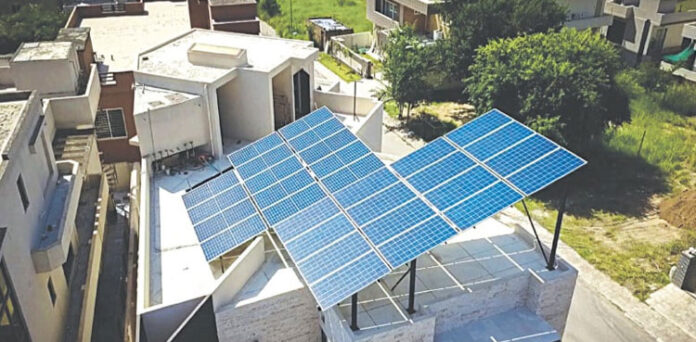
Farming has been a cornerstone of Pakistan’s economy for centuries, providing livelihoods to millions of people and contributing significantly to the nation’s GDP. As we look ahead, the future of farming in Pakistan is both promising and challenging. This article explores the key trends, innovations, and challenges that will shape the future of agriculture in Pakistan.
- Technological Advancements
The future of farming in Pakistan is increasingly tech-driven. Farmers are adopting modern agricultural practices, including precision farming techniques, automated machinery, and the use of drones for crop monitoring. These innovations are aimed at improving productivity and sustainability.
- Climate Change Resilience
Pakistan faces the challenges of climate change, including unpredictable weather patterns and water scarcity. Future farming will require resilient crop varieties, efficient water management systems, and climate-smart agricultural practices to adapt to these changes.
- Urban Farming and Vertical Agriculture
As urbanization continues, urban farming and vertical agriculture are emerging trends in Pakistan. Rooftop gardens, hydroponics, and vertical farming in cities like Karachi and Lahore are providing fresh produce to urban populations while reducing the strain on rural agriculture.
- Digital Agriculture
The adoption of digital technologies is transforming agriculture in Pakistan. Farmers are using mobile apps and data analytics to access market information, weather forecasts, and crop management advice. This enables them to make more informed decisions and optimize their yields.
- Sustainable Farming Practices

Sustainability is a critical focus for the future of farming in Pakistan. Sustainable agriculture practices, such as organic farming, crop rotation, and integrated pest management, are gaining popularity as consumers become more conscious of the environmental impact of agriculture.
- Government Initiatives
The Pakistani government is actively promoting agricultural development through various initiatives, including subsidies for modern farming equipment, agricultural extension services, and the establishment of specialized agricultural research centers. These efforts are aimed at enhancing the productivity and income of farmers.
- Challenges and Obstacles
Despite these positive developments, Pakistani agriculture faces several challenges. These include water scarcity, outdated irrigation systems, land degradation, limited access to credit for small farmers, and post-harvest losses. Addressing these issues will be crucial for the future of farming in Pakistan.
- Export Opportunities
Pakistan has the potential to become a major exporter of agricultural products, including rice, cotton, and fruits. As international markets demand high-quality produce, Pakistani farmers have the opportunity to tap into these markets by improving the quality and safety standards of their products.
- Education and Training
Investing in the education and training of farmers is essential for the future of agriculture in Pakistan. By equipping farmers with knowledge about modern farming techniques, sustainable practices, and market dynamics, they can enhance their productivity and income.
Conclusion
The future of farming in Pakistan is a blend of innovation and resilience. While technological advancements, sustainable practices, and government initiatives offer great promise, challenges such as climate change, water scarcity, and outdated infrastructure need to be addressed. The success of Pakistani agriculture in the coming years will depend on the ability of farmers, policymakers, and stakeholders to work together to overcome these challenges and harness the full potential of the country’s agricultural sector. With the right strategies and investments, Pakistan can continue to be a thriving agricultural hub, ensuring food security and economic prosperity for its people.
Topics #Climate Change Resilience #Digital Agriculture #Future of Farming #Innovations #Vertical Agriculture




